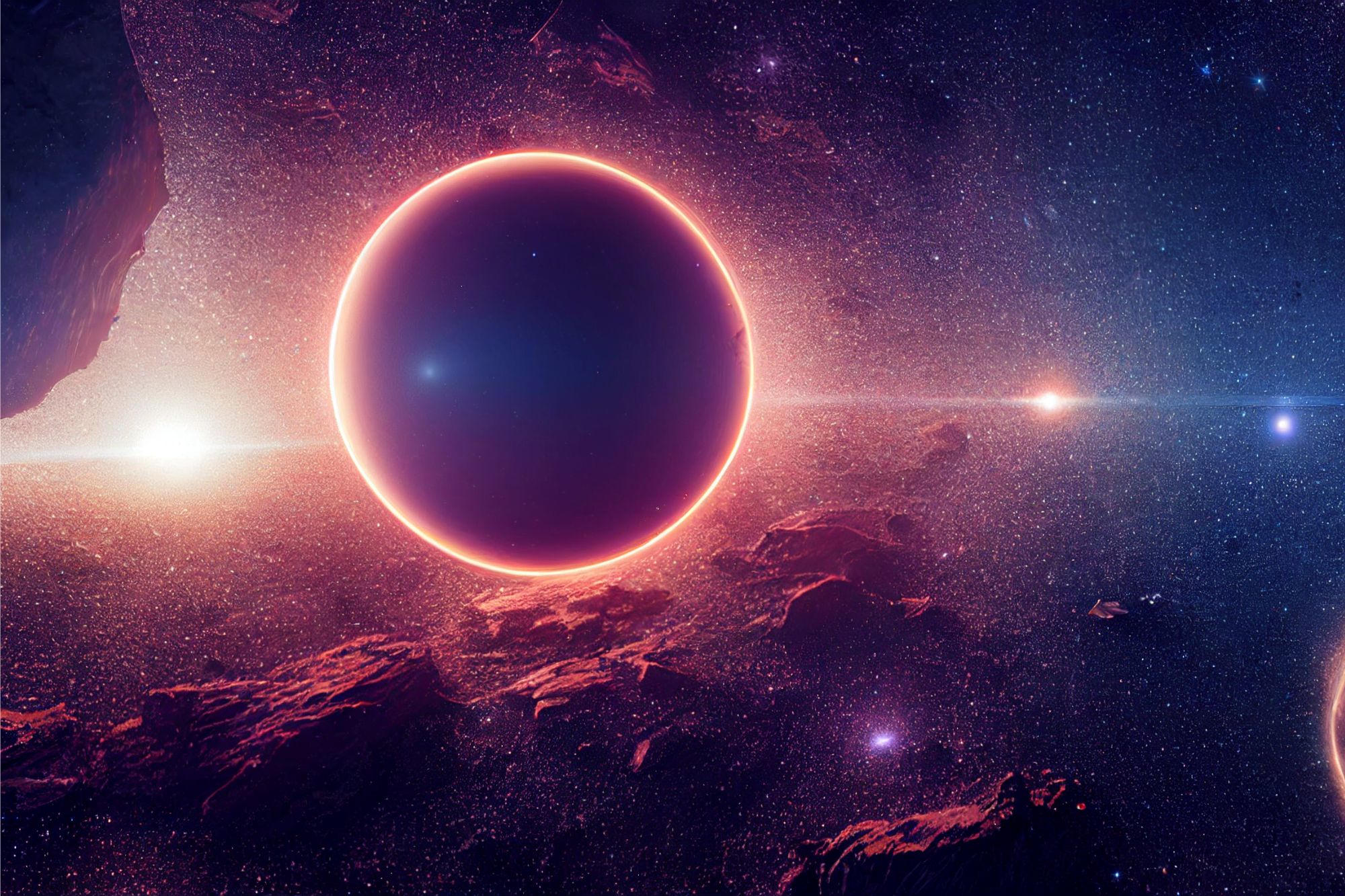Scientists have recently developed an extraordinary artificial intelligence-based method that can distinguish between biological and abiotic samples with an accuracy of 90%. This groundbreaking method has the potential to transform space exploration and our understanding of life’s origins, with applications in various fields such as biology and archaeology. Here are the key takeaways from this remarkable discovery:
The Holy Grail of Astrobiology
A new machine learning technique can determine whether a sample is of biological or non-biological origin with 90% accuracy.
Revolutionizing Space Exploration and Earth Sciences
This revolutionary analytical method holds the potential to significantly enhance the search for extraterrestrial life and deepen our understanding of the origin and chemistry of early life on Earth. Scientists believe that this method could be used to detect signs of life on other planets before samples return to Earth, using smart sensors on robotic spacecraft, landers, and rovers.
The test could also reveal the history of mysterious, ancient rocks on Earth and provide insights into samples already collected by the Mars Curiosity rover’s Sample Analysis at Mars (SAM) instrument.
Key Takeaways from the New Research
A seven-member team of researchers, funded by the John Templeton Foundation and led by Jim Cleaves and Robert Hazen of the Carnegie Institution for Science, published a study in the journal Proceedings of the National Academy of Sciences. The team developed an artificial intelligence-based method that successfully distinguished modern and ancient biological samples from those of abiotic origin with 90% accuracy.
The Role of AI in Differentiating Biotic and Abiotic Samples
The innovative analytical method does not rely simply on identifying a specific molecule or group of compounds in a sample. Instead, it uses artificial intelligence to differentiate biotic from abiotic samples by detecting subtle differences within a sample’s molecular patterns revealed by pyrolysis gas chromatography analysis and mass spectrometry.
Deciphering the Chemistry of Life and the Potential for Future Discoveries
Dr. Hazen and his team found that the new method could distinguish recent biological samples from fossil samples, with surprising implications for the potential discovery of alien biochemistries on other planets.
“We may be able to find a lifeform from another planet, another biosphere, even if it is very different from the life we know on Earth,” says Dr. Hazen. “And if we do find signs of life elsewhere, we can tell if life on Earth and other planets derived from a common or different origin.”
The technique may eventually resolve scientific mysteries on Earth, including the origin of 3.5 billion-year-old black sediments from Western Australia, and provide new insights in fields such as biology, paleontology, and archaeology.
The potential of this groundbreaking method is vast, and scientists are only beginning to understand its full capabilities. The discovery of this AI-based method represents a major paradigm shift in our ability to detect signs of life on other planets and to study the chemistry of early life on Earth.


